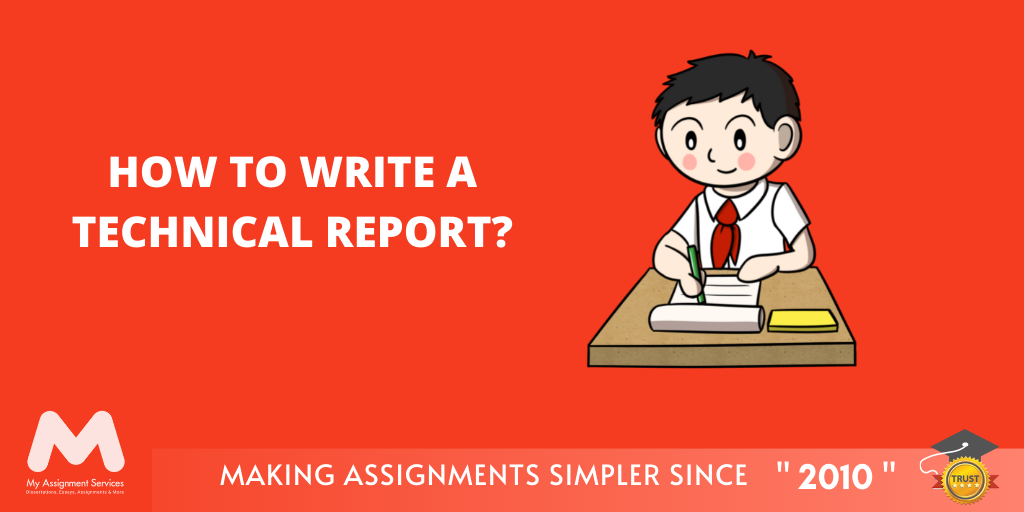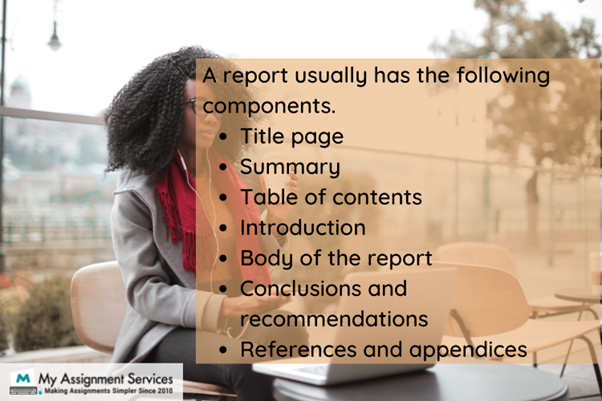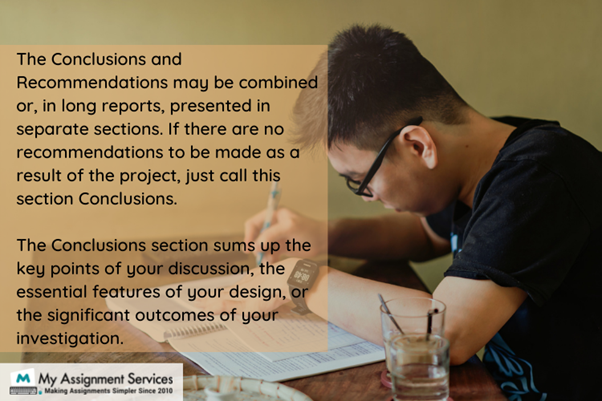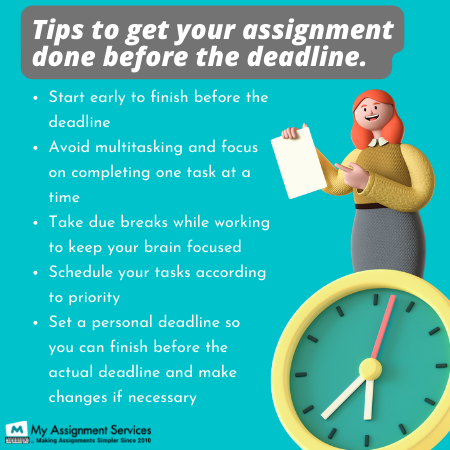
A technical report is the only way for your project's audience and readers to grasp the entire process of your research or assessment. So, you should create a report on how you were able to conduct that study, including the steps you took, what happened, and so on.
Doesn't it sound strange?
We'll go over things to think about while writing a technical report, what to include, why it's necessary, and how to write your killer report. However, it is essential to emphasize that there is no universally accepted method for creating a technical report. It depends on the sort of project and your project manager's preferences.

What is a Technical Report?
A technical report is a written scientific document that communicates intentional and factual information concerning the technical study. This technical paper covers three essential components of research: process, progress, and outcomes.
Reports are another common topic in the technical, agricultural, engineering, physical, and biological sciences. As a result, such complicated information should be given in an easy-to-read and work-on report.
So, how can we figure out how easy something is to read?
The answer is simple: we need to know who we're talking to.
As a guide, the technical report is regarded as a product that comes with your research. Isn't it true that you read the product's intended audience before creating it? Similarly, it would help if you considered who your student will be before drafting a technical report.
Studying the target audience allows you to begin revising your report, whether you are an expert, an industry expert, or even a customer who wants to acquire your project. It helps you figure out how much information a pupil has and how much you need to report.
Many people put less effort into a report than they do in actual research...and that's just fine. After all, you've already put in so much effort; why should you have to repeat the procedure to write a report?
So, let's get to the second issue, which is why it's critical to write a technical report relevant to your project.
The Importance of Technical Report Writing
-
Effective communication
The industry relies on technical reports to transmit important information to upper management. This data is utilised to make critical decisions that may have long-term consequences for the company. Suggestions, regulations, manuals, procedures, requests, progress reports, communications, and invites are examples of technical reports.
-
Proof of your work
The majority of technical work is aided by software. Graduation projects, on the other hand, do not exist. As a result, your technical report is your only proof of effort if you're a student. It acknowledges the research steps you've completed and applauds your efforts to improve testing.
-
Modifies data
A technical report is a compact, factual, well-structured, and well-structured piece of information. It's a single location where all project data is written in a consistent, easy-to-understand format.
-
Your job evaluation tool
Experts and management evaluate your research project's technical specifications in particular. You will make a favorable impression if your report is accurate, clear, and intelligible. The study's technical report is comparable to Robin's in Batman. When both spouses work together, the best results are attained. So, how can you produce a technical report that will leave pupils speechless? Let's see what we can find out!
Here’s How to Prepare Your Technical Reports
There are two approaches to creating a technical report, depending on which one best meets your needs.
- Top-down technique - In this scenario, you organise the complete report from the title to the subheadings and conclusion, then start incorporating the topic into the relevant chapters. This permits your mental process to flow in a predictable manner, which helps with time management.
- Evolution - If you believe in 'walking and flowing,' this method is for you. The author writes here and chooses when and if the work is finished. This allows you to see things from a different perspective. When you have a new idea or inspiration, you can add or update certain portions.
What is the Correct Technical Report Structure?
The technical report should have a well-defined structure that is simple to traverse and a clear statement of the report's goal. Here's a list of pages to include in your technical report, in the order you should include them.
The face of your project is the cover page. As a result, it should include information such as the title, author's name, and the name of the institution that it is associated with. It should be a straightforward but appealing page.
In addition to providing all of the information on the cover page, the title page also tells the reader about the project's current state. For instance, part 1 of a technical report, part 2 of a technical report, part 3 of a technical report, and so on. This page also includes the name of the mentor or manager.
Abstract: This page also gives an overview of the project and is referred to as an executive summary. It is written so that the entire project may be gathered from simply an abstract reader.
Introduction: This page is a declaration where you indicate that all sources have been given the necessary credits and that no part of your study has been copied. The results are based on your study.
Greetings - Here, you recognise groups of people and institutions who have helped or inspired you in this journey.
Table of Contents: To make it easier to traverse the project, each chapter and its subchapter are meticulously separated into sections. If you mark something, a page with the same name is generated. Similarly, if you employ many graphs and tables, each one requires its content page. Each listing begins on a separate page.
Finally, there's the introduction, which marks the beginning of your project. You should explicitly specify the report's content on this page. It comprises explaining the project's goal and objectives and the questions you addressed in your report, and, on occasion, a report review. It's important to remember that your conclusion should answer the right questions.
Intermediate Chapter: Where appropriate, each chapter should be subdivided into sub-sections. All sectors must work together with a purpose. Keep the following in mind when you compose the middle chapter:
- In the opening to each chapter, clarify clearly what the chapter's aim is.
- Any suggestions you take should be mentioned for this study. If you have a global or country-specific report, for example. The report can contain various ideas. If it is not always addressed in the article, your labour may be overlooked.
- You should verify the outcomes you produce, not based on your opinion.
- A particular central chapter should be attached to each drawing finish.

Conclusion: The intention is that anything you have discussed in your project is completed. State the conclusions of each chapter, the goals, and the extent to which those goals have been attained. Take stock of the outcomes and your research's crucial role. Appendices are used for large data sets, extensive statistical calculations, tables, and statistics. In the order in which they have been utilised in the project, things in the Appendices must be specified.
References: This is the most crucial section of your paper. Indicates the sources from which the information was derived. Math, statistics, graphs, or word-for-word statements could all be examples. The absence of this category may put you in jeopardy legally. Give proper acknowledgment to sources and show your support for others who have read comparable genres while writing references.
Bibliography: Many individuals get the terms "reference" and "writing" mixed up. Let me clarify. References are facts gleaned through your investigation and already published by someone else. While a bibliography is a record of all the material you have read, been encouraged by, or gained, it is not directly related to your research.
Some Additional Points to Remember While Writing Your Technical Report
Let's look at the writing style that you should use when creating a technical report:
- Shortcuts should be avoided and described in full if they are used.
- Understand the distinction between number and letter lists. Numbers are used to describe something sequentially. Although letters are used to indicate simply that order is not essential.
- In small roman numerals, the name should be given to the original pages (title, ambiguity, background.. ii, iv, iii, iv)
- List all other pages in the Arabic values (1,2,3 and so on). The report begins with one - on the introduction page.
- To keep the reader engaged, divide long paragraphs into smaller chunks. Not more than ten lines should be the category.
Get Professional Help for Writing Your Scientific Reports
We hope this blog provides much needed information on writing technical reports. Should you face any difficulties at any phase of the process, do take help from our report writing experts. We are available round the clock and will provide you with professional help for report writing. My Assignment Services has a team of PhD subject matter experts who have extensive experience in preparing these documents in a range of subjects. To begin, fill out the form and upload your requirements. One of our customer care representatives will chat with you to discuss further.
Related Study Materials
Our Experts can answer your Assignment questions instantly.
Ask Question0 Comment
Get It Done! Today
1,212,718Orders
4.9/5Rating
5,063Experts













Loved reading this Blog? Share your valuable thoughts in the comment section.
Add comment